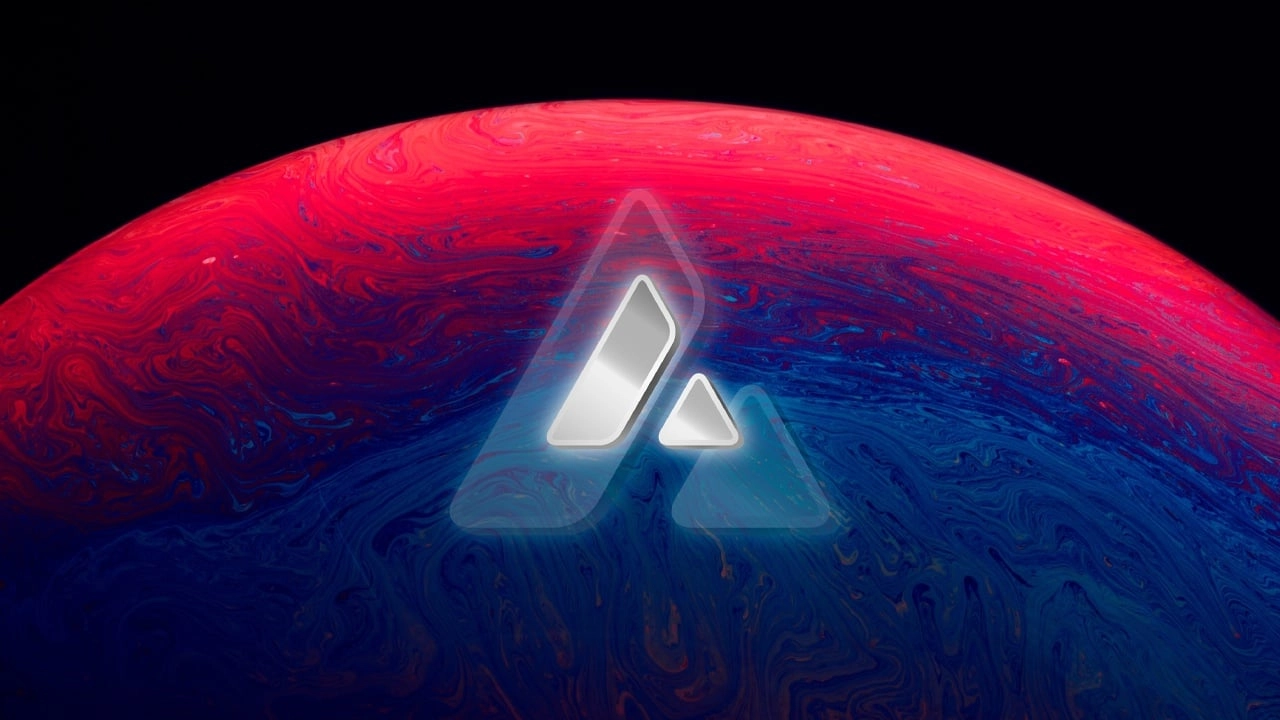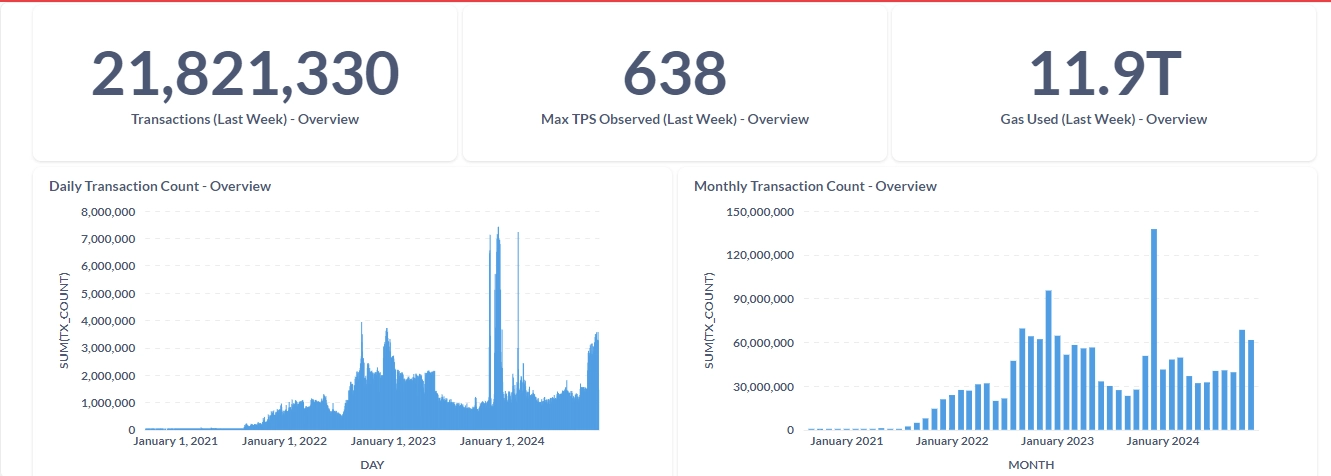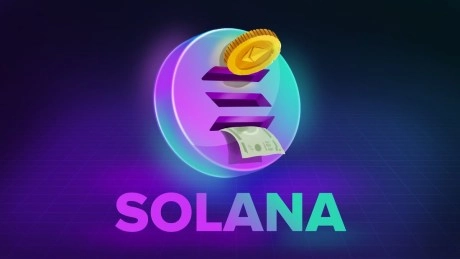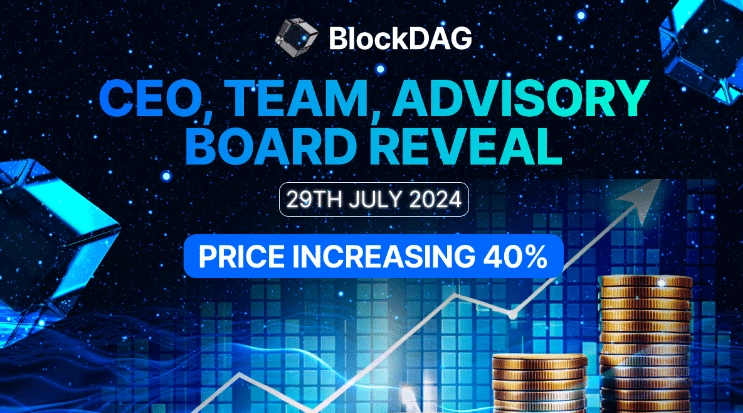Avalanche’s unique three-chain architecture and novel consensus mechanism makes it ideal for decentralized applications and digital asset creation.

What is Avalanche?
Avalanche is a decentralized layer one (L1) blockchain platform and ecosystem tailored for building decentralized applications (dapps), custom blockchains, and digital assets. With its novel proof-of-stake (PoS) mechanism, Avalanche seeks to solve the blockchain trilemma of scalability, security, and decentralization.
Launched in 2020, Avalanche has quickly become a major player in the blockchain ecosystem due to its unique architecture and consensus mechanism. Unlike legacy systems, Avalanche boasts a powerful blend of high transaction throughput, sub-second finality, and low fees, making it an ideal choice for developers and enterprises alike.
Avalanche: Key Features
Scalability
Avalanche boasts of being able to process up to 4,500 transactions per second (TPS) without compromising decentralization. However, statistics from the Avalanche dashboard show that the max TPS observed between 10th – 17th November was 638 transactions per second. This is still significantly higher than Bitcoin’s 7 TPS and Ethereum’s 15 TPS.
Speed
Transactions on Avalanche achieve finality in approximately 2 seconds, compared to Bitcoin’s 10 minutes and Ethereum’s average of 6 minutes. This makes Avalanche one of the fastest blockchain platforms in existence.
Low Transaction Fees
Avalanche ensures that users enjoy low transaction costs by employing efficient resource usage. Transaction fees are typically a fraction of a cent, making it cost-effective for developers and users.
 Source: Avax Stats
Source: Avax Stats
History of Avalanche
Avalanche was created by Ava Labs, a technology company founded by Emin Gün Sirer, a renowned computer scientist and member of the Initiative for Cryptocurrencies and Contracts (IC3). Sirer’s extensive work in distributed systems laid the foundation for Avalanche’s innovative approach with Ava Labs playing a pivotal role in the development and promotion of the Avalanche ecosystem.
Avalanche’s journey began in 2018 with a white paper introducing its distinct consensus mechanism. After securing funding through private and public token sales including a $42 million initial coin offering (ICO), the mainnet officially launched in September 2020.
The ICO and mainnet also saw the launch of AVAX, Avalanche’s native token. With a maximum supply of 720 million tokens, half of the tokens amounting to 360 million were issued during Avalanche’s ICO. The other half are minted via staking rewards on the blockchain.
This makes AVAX’s staking highly incentivized, due to the fact that validator incentives are based on proof-of-uptime and proof-of-correctness. This results in a system where the circulating supply of AVAX stays relatively low, even in situations where demand for the token is high.
Avalanche’s Consensus Mechanism
At the core of Avalanche lies its novel consensus protocol built upon the PoS framework. Avalanche’s consensus employs a probabilistic mechanism where validators randomly sample subsets of other validators to reach consensus.
A validator node receives a user-initiated transaction and samples a small, randomly selected group of other validators to verify for agreement. In order to eventually come to a consensus, the validators continuously carry out this sampling operation. In this manner, a message from one validator is relayed to other validators, who in turn sample yet more validators, until the system as a whole agrees on a result.
Thus, a single transaction has the potential to grow into an avalanche, much like a single snowflake can become a snowball. Validator payments vary according to how long a node has staked its tokens (known as proof-of-uptime) and the software’s guidelines (known as proof-of-correctness).
This consensus mechanism brings scalability with the ability to handle thousands of nodes without performance degradation. Unlike proof-of-work (PoW), it is highly energy efficient and doesn’t rely on energy-intensive mining. Its dynamic validator sampling also makes it resistant to attacks, securing the blockchain.
 Source: AVAX Stats
Source: AVAX Stats
Avalanche’s Unique Blockchain Architecture
One of Avalanche’s most innovative aspects is its three-blockchain architecture: the X-Chain, C-Chain, and P-Chain. Each blockchain within the ecosystem serves a specific purpose, optimizing performance and flexibility.
X-Chain (Exchange Chain)
The primary purpose of the X-Chain is for asset creation and transfer. It is used for issuing and transferring tokens, including AVAX, Avalanche’s native token. It allows for high-speed transactions tailored for custom asset management.
C-Chain (Contract Chain)
The basic functionality for the C-Chain is running smart contracts. This chain supports Ethereum Virtual Machines (EVMs), enabling developers to deploy Ethereum-compatible dApps. It also offers seamless interoperability with Ethereum tools like Metamask.
P-Chain (Platform Chain)
The P-Chain is responsible for managing validators and creating subnets. It facilitates Avalanche’s staking infrastructure and custom blockchain creation, supporting the deployment of independent, interoperable subnets tailored to specific use cases.
Building for Scale
Avalanche’s architecture and consensus mechanism ensures it can scale without sacrificing speed or decentralization. Avalanche’s multi-chain framework enables the creation of customized blockchains that can interoperate seamlessly, eliminating congestion on the main network. This makes Avalanche a viable choice for applications requiring high throughput, such as gaming and decentralized finance (defi).
As of 2024, Avalanche hosts over 500 dapps and $1.29 billion in total value locked (TVL) with a market cap of $14.53 billion, according to data from Defillama. The Avalanche ecosystem also has 1,482 validators contributing to network security, as at Nov. 18 2024.
 Source: Avax Stats
Source: Avax Stats
Avalanche proponents believe it stands out as a powerful blockchain platform that addresses the critical challenges of scalability, speed, and cost-efficiency. Whether that comes to fruition or not remains to be seen. Its innovative technology and flexible architecture, however, positions it to offer developers, enterprises, and individual users a fast, secure, and scalable solution for their blockchain needs.



